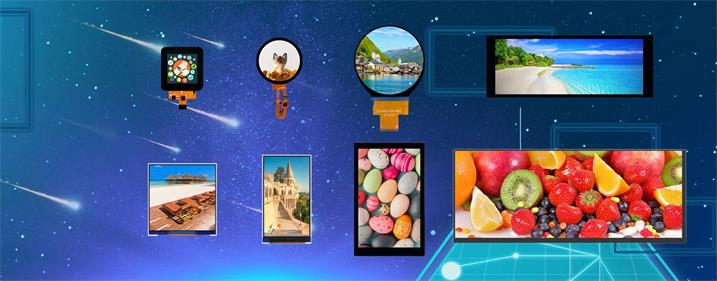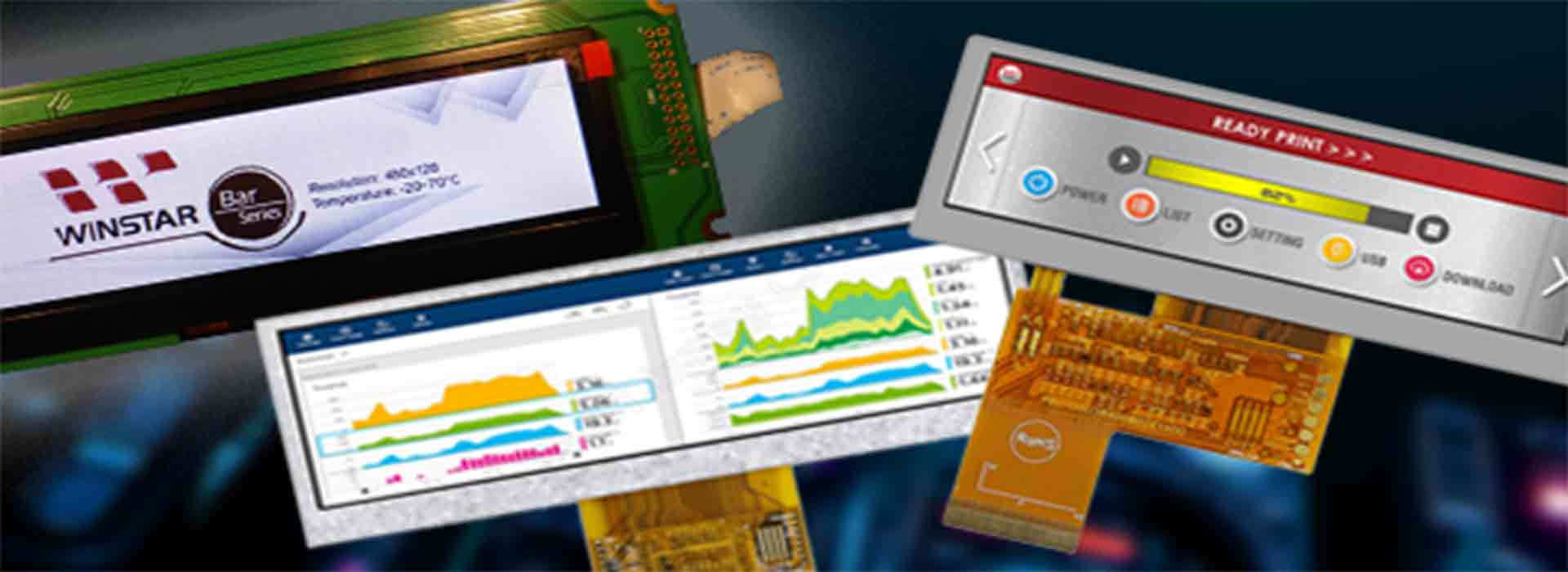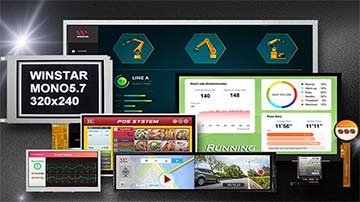Understand the working principle, technical advantages and application scenarios of TFT LCD Display, as well as its development prospects in future display technology. Compare the differences between TFT LCD and OLED and choose the right display.
In the field of electronic display technology, TFT LCD Display (Thin Film Transistor Liquid Crystal Display) is known for its excellent performance and wide range of applications. This article deeply analyzes the working mechanism, technical advantages, and diversified application scenarios of TFT LCD Display Module, and explores its competitiveness in the market.
Working Principle and Key Technologies of TFT LCD Display
Thin Film Transistor Liquid Crystal Display (TFT LCD Display) uses thin film transistors (TFT) to precisely control the liquid crystal layer to achieve independent switching of each pixel, ensuring fast response and high-definition display of the screen.
Technical Advantages of TFT LCD Panel
Color Expression: Thin Film Transistor Liquid Crystal Display (TFT LCD) can display rich and realistic colors, bringing a visual feast to users.
High Resolution: Supporting multiple resolutions from HD to UHD to meet the needs of different users for image clarity, thin film transistor liquid crystal display technology provides a clear and delicate visual experience.
Low energy consumption: Compared with traditional LCDs, thin-film transistor liquid crystal display panels are better at saving energy, helping to extend the battery life of electronic devices.
Diversified application scenarios of TFT LCD Module
Case study: Tablets: For example, a high-end tablet computer from a well-known brand uses TFT Display, which ensures the fineness of the image and the smoothness of operation, and is deeply loved by consumers.
In-vehicle display system: In a study, TFT LCD Module maintained high brightness under extreme weather conditions, providing drivers with clear navigation information.
Other application scenarios include medical equipment, industrial control panels, smart home devices, smart watches, health tracking bracelets, handheld game consoles, portable navigation devices, and industrial handheld terminals.
Comparison between TFT Displays and OLED Displays
TFT Display and OLED Display have their own advantages. TFT LCD Displays have advantages in cost-effectiveness, service life, and brightness control, while OLED Displays perform better in contrast, viewing angle range, and screen thickness. Consumers should weigh their personal preferences and budgets when making choices.
Future Development Trends of TFT LCD Screen
Looking forward to the future development prospects of TFT LCD, we can explore from the following aspects:
Higher resolution and lower energy consumption: With the continuous advancement of technology, thin film transistor liquid crystal screens are expected to provide more delicate display effects while achieving lower energy consumption.
Wider color gamut coverage: In order to bring users a richer visual experience, new thin film transistor liquid crystal display screens may increase the color gamut range.
Thinner and lighter design: With the continuous innovation of production technology, thin film transistor liquid crystal display screens are moving towards thinner and lighter directions.
Competition and alternative technologies
Competition of OLED technology: Although TFT LCD still has a dominant market position, the development of OLED technology cannot be underestimated. OLED offers higher contrast and wider viewing angles, and may replace TFT LCD in some applications in the future.
Challenges of emerging display technologies: For example, emerging display technologies such as MicroLED and MiniLED are also under development, which may bring new challenges to TFT LCD.
Environment and sustainability
The use of environmentally friendly materials: With the increase of environmental awareness, the production of TFT Display may pay more attention to the use of recyclable or biodegradable materials.
Optimization of production process: To reduce environmental impact, the production process of TFT LCD may be optimized to reduce energy consumption and waste generation.
How to choose the right TFT LCD Display Modules
When choosing TFT LCD Display Moduless, the following factors are crucial:
Purpose: Choose the right size and resolution according to the application scenario.
For example: smart home, industrial control industry, medical industry, etc.
Selectable size: 7 inch tft lcd display
Horizontal screen resolution is 800*480, 1024*600, 1024*768, 1920*1080
Vertical screen resolution is 720*1280, 800*1280
For example: game consoles, video doorbells, thermostats, small appliances and other smart furniture, security, consumer electronics
Selectable size: 4.3 inch tft lcd display resolution is: 480x272, 800x480
3.5 inch tft lcd display resolution is: 320x240, 640×480, 320x480
Budget: Find the most cost-effective product within the budget.
Brand: Choose a reputable brand to ensure product quality and after-sales service.








